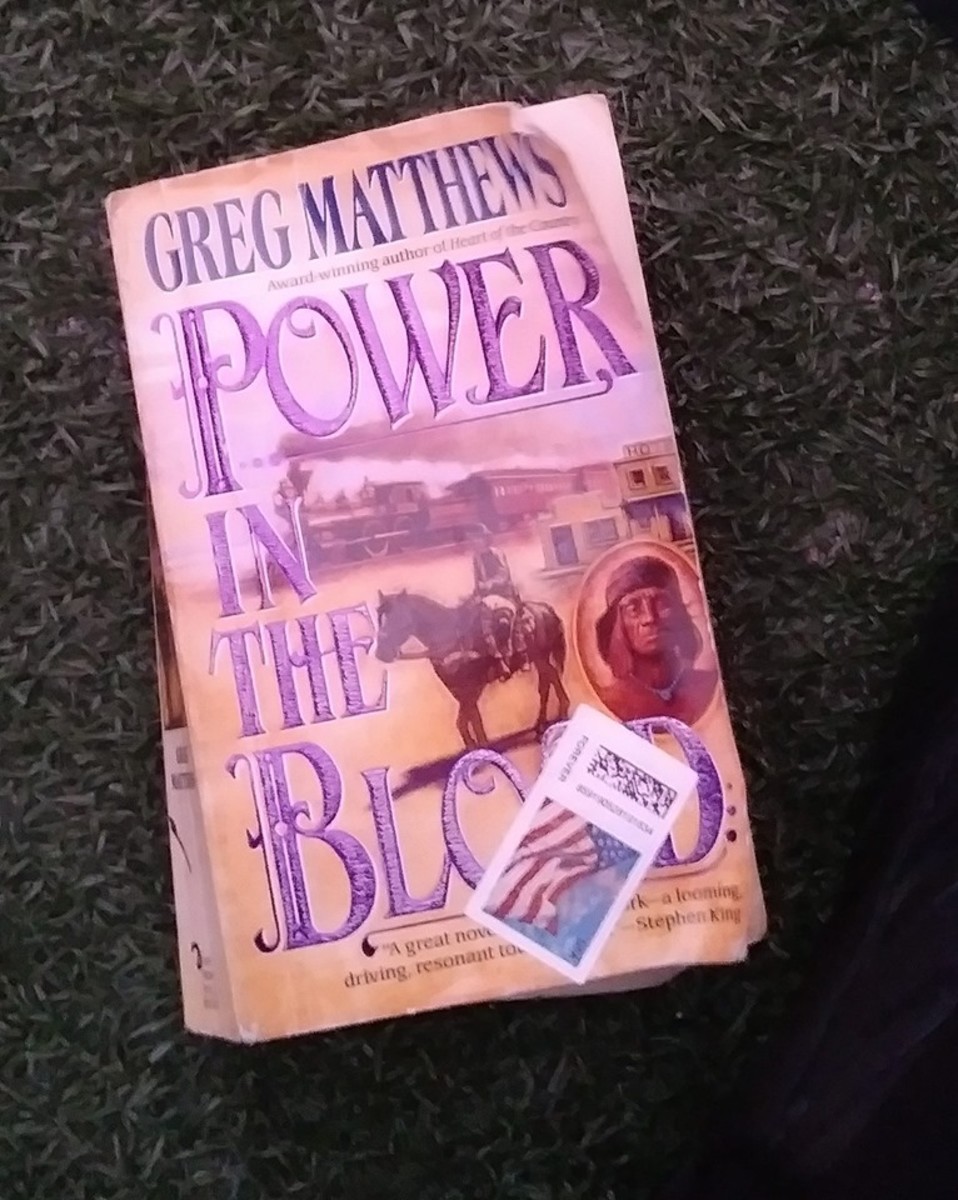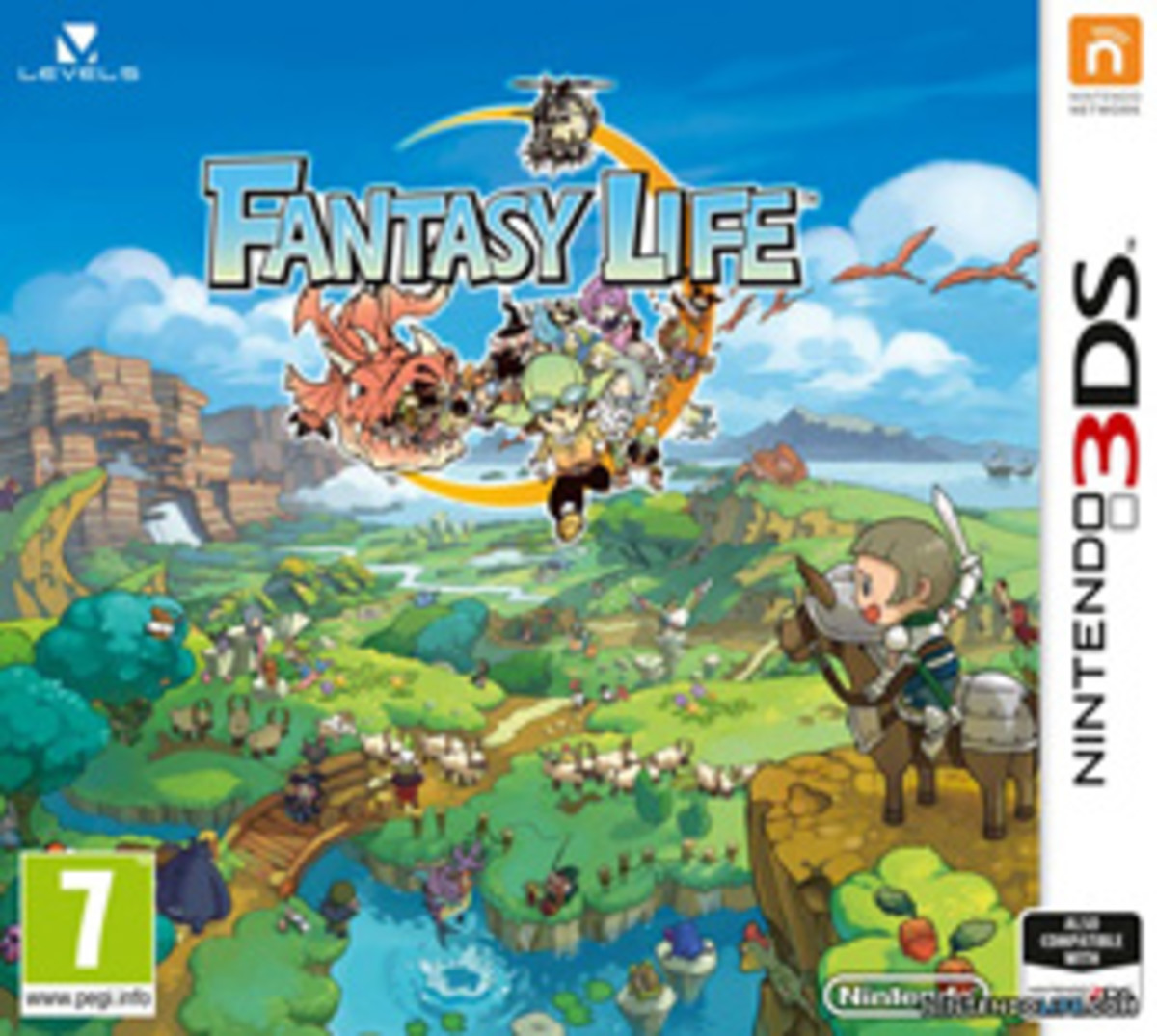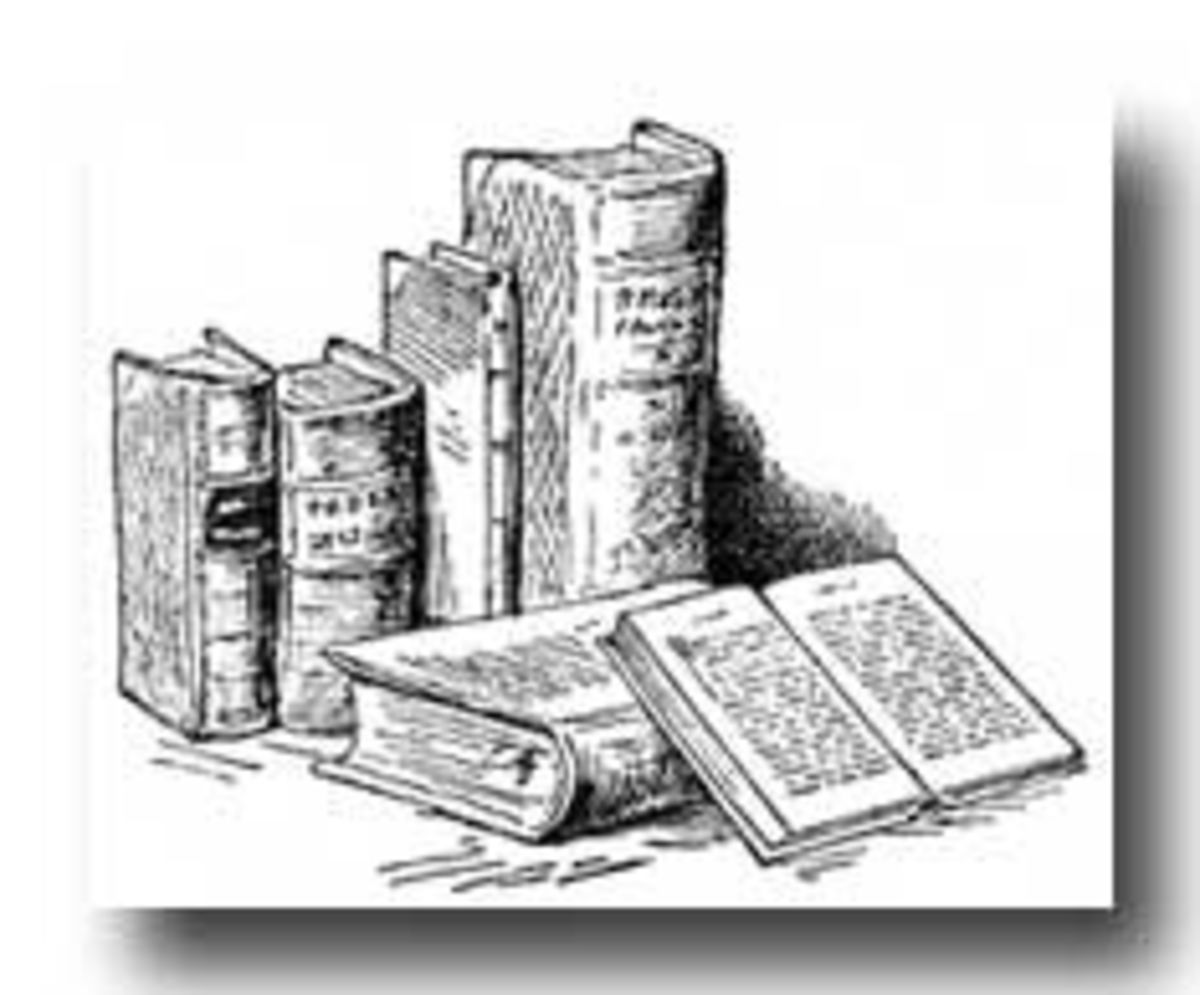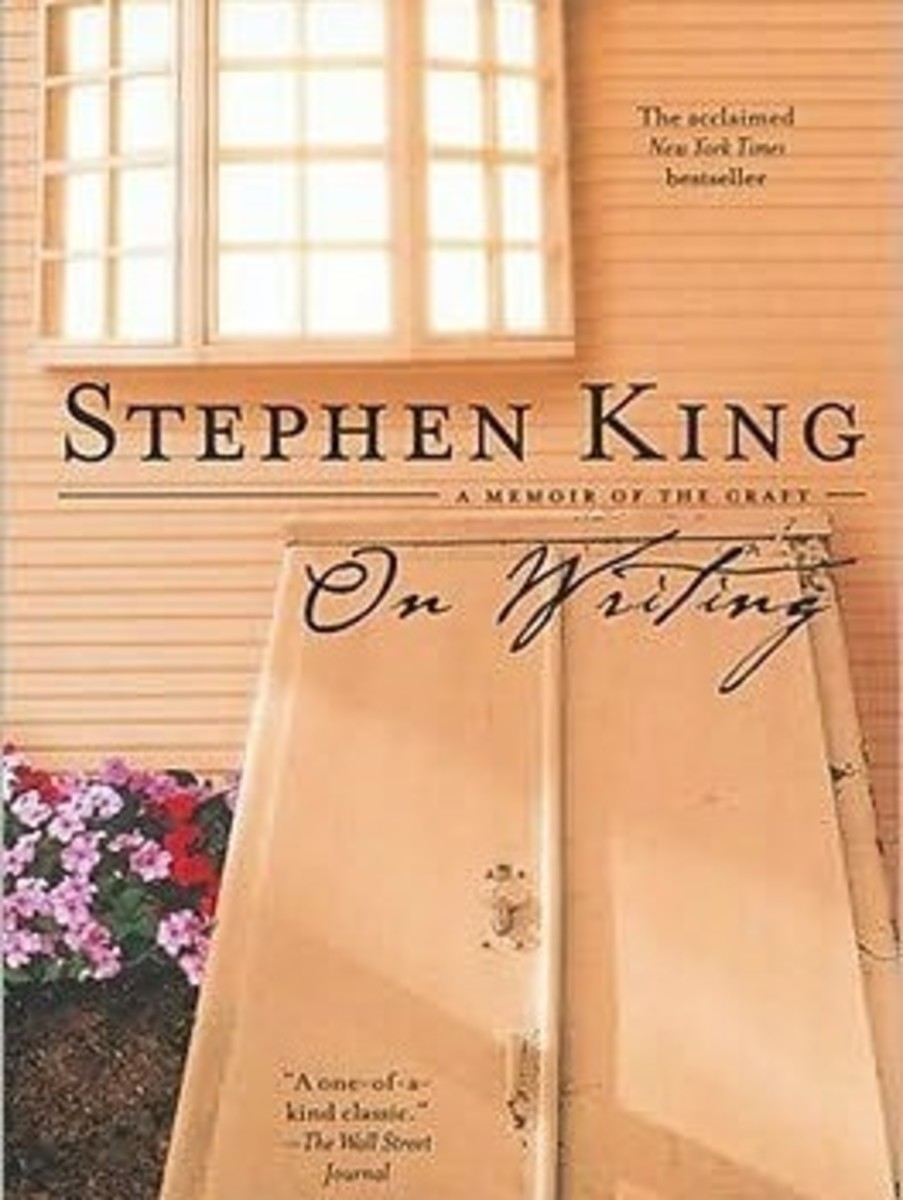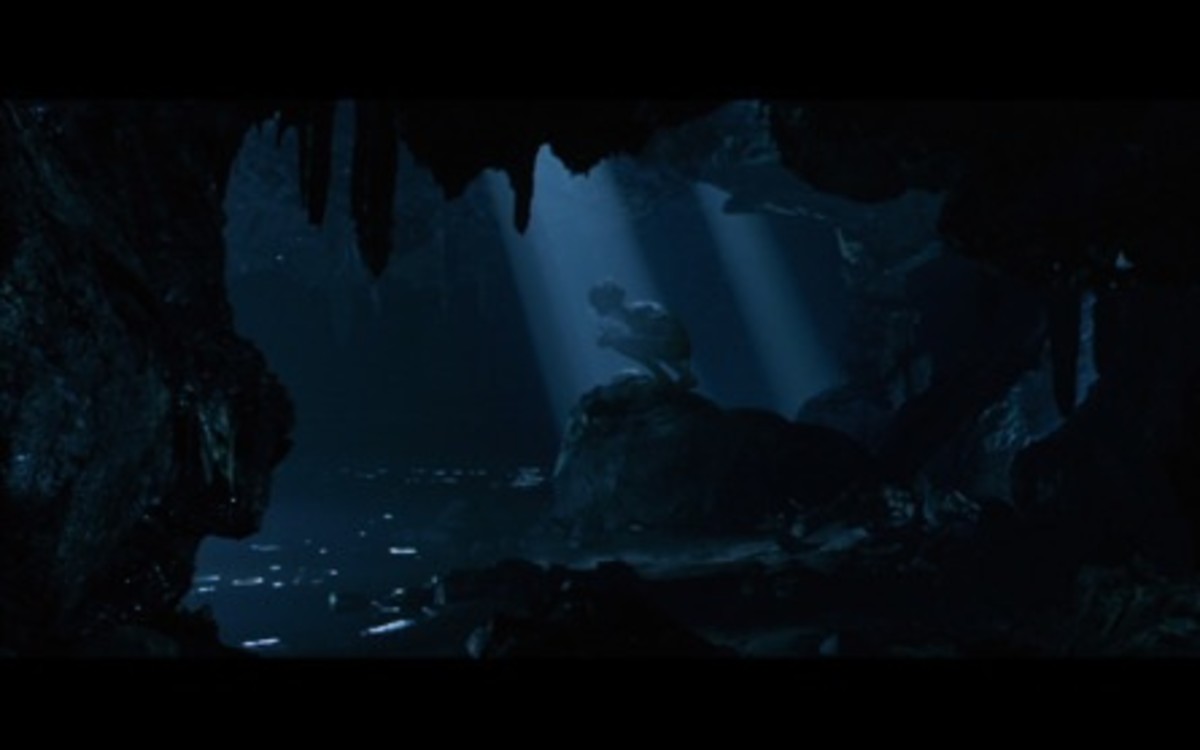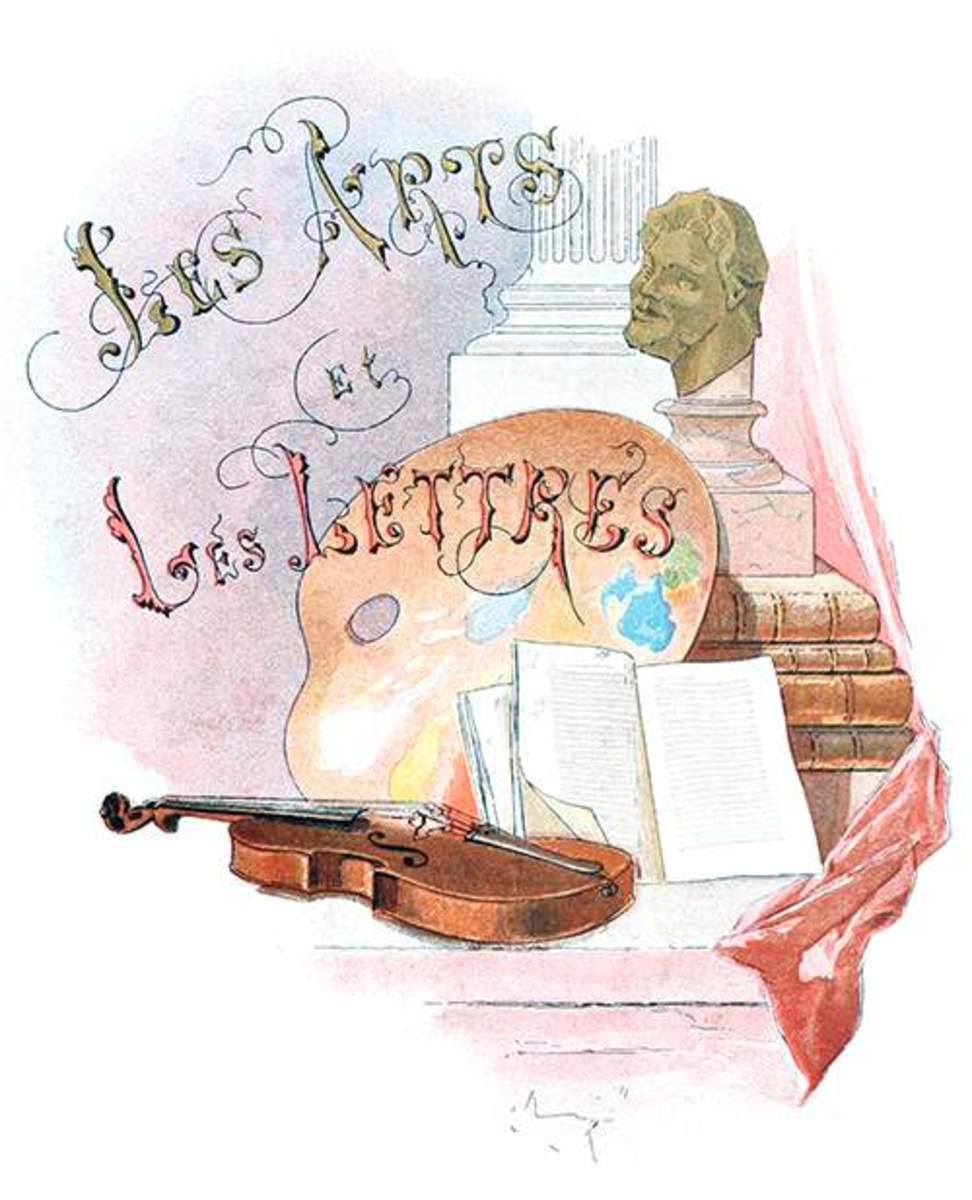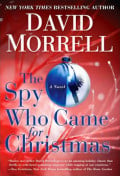11/22/63 and Life After Life: Time Traveling Tales by Stephen King and Kate Atkinson
I recently read two books that on the surface sound really familiar to each other but are done in two entirely different ways. Both Stephen King’s 11/22/63 and Kate Atkinson’s Life after Life describe the time-bending travels of the main character and the books both pose the question of what would happen if a critical historical event was changed. Interestingly I owe my love of Kate Atkinson to Stephen King, as he praised Atkinson’s novel Case Histories back when he was writing his ‘The Pop of King’ article for Entertainment Weekly. I’ll try not to give too much of the plots of each away but as a spoiler-hater I must warn- proceed at your own risk if you plan on reading these books.
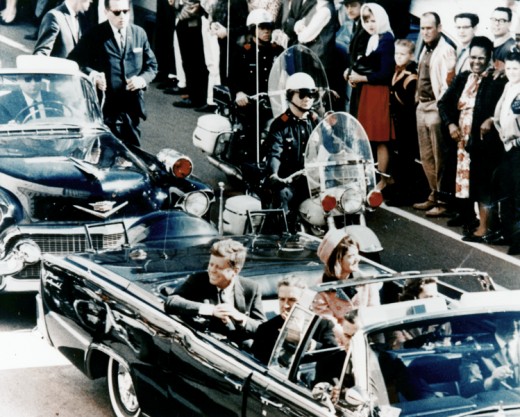
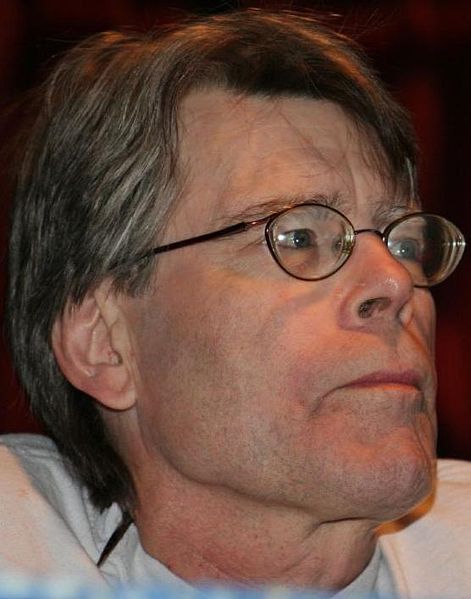
It really isn’t much of a spoiler to mention in King’s 11/22/63 a time-traveler goes back to Dallas, Texas on the fateful titular day to try and stop Lee Harvey Oswald in his assassination of John F. Kennedy. To elaborate a bit on the time-traveling aspect, it is not that the main character, Jake Epping, himself is a time-traveler but rather a friend, Al, shows Jake a portal to the past and contracts out his idea of preventing the death of JFK to Jake. I appreciate this angle because it makes the book less sci-fi in nature and goes into a lot of detail of how someone from the future makes a life for himself in the past. Jake enjoys the slower pace of life in the late 50s-early 60s and although at times he is inconvenienced by the lack of internet and cell phones otherwise he doesn’t really seem to miss the 2000s. I listened to 11/22/63 read by Craig Wasson and I began to find myself picturing our lead character Jake Epping/George Amberson as the late, great actor James Stewart in his younger years. Jake, or George as he is known in his travels, is 35 years old and when he travels from 2011 to the late 1950s he adjusts to life so quickly it seems he is an old soul. For me picturing Jimmy Stewart fit the character perfectly and as the story went on I thought the reader, Wasson, even sounded like Stewart.
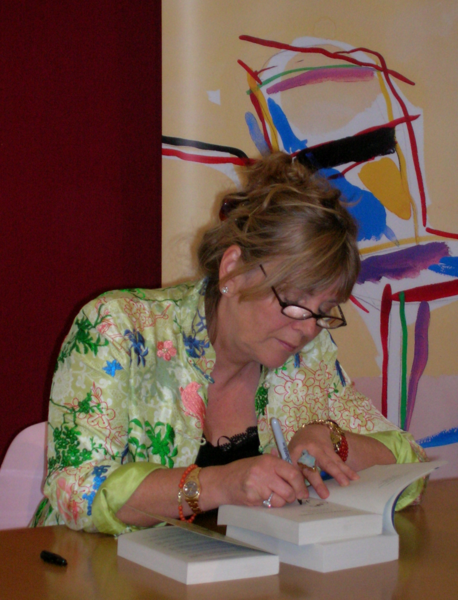
Atkinson’s latest novel is also, on the surface, the story of preventing a historical event from occurring via stopping the life of the historical figure responsible. The reader finds out the identity of both the event and figure in the first chapter. Although the book initially was touted as being about a time-traveler that’s not technically the case, as the title indicates, Ursula Todd lives her life over and over again, every time she dies she starts all over. Each time going in a slightly different direction, in some cases a near-death experience is just that, while in others it leads to her demise. At times it seems Ursula is aware of this even if she doesn’t totally understand it and with this fuzzy cognition she can take steps to prevent certain things from happening again in her next life. Through this plot device Atkinson forces the reader to think about how drastically different one’s life could be by a varied decision in a given situation.
Major Historical Events in 11/22/63
The Assassination of John F. Kennedy
Major Historical Figure
Lee Harvey Oswald
Initially in 11/22/63 I struggled with George’s relationship with Sadie, as I thought it distracted from the point of the story- stopping Oswald. But at a specific point in the book I realized that’s not what the story was about, this is King’s warped way of telling a love story. Once I realized that, I enjoyed the book much more. I liked reading how Jake disappears into the late 50s and George emerges. In 2011 Jake isn’t having much luck, divorced from an alcoholic and trudging through a teaching career. But when he goes back in time he really starts to live-connecting with his students, making friends with colleagues, and finding Sadie.
Stephen King originally came up with the idea behind 11/22/63 very early in his writing career but wisely put it on the back burner until he had the time to devote to researching a historical book of this magnitude.
One thing I mentioned in my brief review of this book on GoodReads is the genius of Stephen King. He tells the reader outright exactly what the climactic moment in this book is, the actual date, the question of whether our time-traveling protagonist can stop Oswald from killing JFK. And then he spends over seven hundred pages distracting us from that moment. There are so many great detours, the whole time Jake spends in Maine trying to right the wrong for his present day friend and to prove to himself that the past can be changed is its own eerie story in and of itself. Even the brief time Jake spends carrying out Al’s test case is a very memorable part of the book. And when Jake gets to his final destination, Texas, I thought, ‘Ok I can’t be distracted anymore. I want to know what happens’ but then King throws Denholm Consolidated High School, Mike and ‘Of Mice and Men,’ and Sadie at us and I was happily distracted once again. The only time distraction got old for me was the setbacks George faces in the weeks leading up to November 22nd.
Major Historical Period covered in Life after Life
1910-1940s United Kingdom & Germany
The Blitz in England during World War II
Major Historical Figures
Eva Braun & Adolf Hilter
The string metaphor is used to describe time travel in 11/22/63 and that is exactly the type of diagram I could have used in Life after Life. In the context of the book not each of her lifetimes are detailed in full and in many different lives facts remained the same throughout, thus Atkinson touches upon them requiring the reader to recall this person or event from a previous life of Ursula’s. Having a detailed string diagram of all of her lives with the various life events and persons of interest would have helped keep the confusion to a minimum. Or a re-read at some point would also suffice.
One thing that struck me in Life after Life was the lives Ursula spends as a single woman and the ones she spends in a romantic relationship. I think Atkinson plays with the question of does someone need to find love to have a fulfilling life or can one be happy and complete on their own? I firmly believe not everyone has to follow the love and marriage path, people can have fulfilling lives as independent souls. In one of Ursula’s lives in particular this point seems to be illustrated as she is the housewife to a cruel and odd man. But this is contrasted with her single lives where she is happy on her own. An interesting point carried out in both books illustrated in Ursula’s lives and in Sadie’s previous marriage, before she meets George, is how women currently have so many more options than we did in the old days. Both books show how women of earlier times were expected to become someone’s wife even if it was forced.

One thing I really enjoy about books like these two are the enclosed history lesson. History in my education was not my favorite and although major events are somewhat familiar to me it has been a long time since I have studied history. Reading fiction that revolves around historical events gives one the chance to get taken to school again. I often found myself looking things up while reading both of these books to get re-acquainted with the period of time.
I could go on and on about both books, there are so many different levels to them- the history lessions, marriage convention in the past and seemingly minute decisions that lead to life altering consequences. At the core of the story, 11/22/63 to me is about love throwing you a curveball- just when you think you have one purpose and one purpose only cupid knocks you upside the head and tells you otherwise. Conversely Life after Life doesn’t have the same message at all; in fact Ursula’s lives are only complicated by men. The point about Atkinson’s book that stays with me is how slight things in Ursula’s world- agreeing to go on a date with a stranger, walking a friend home, seeking out a stray dog-lead to catastrophic changes in her life. Interesting to wonder if the same holds true out here in the real world.

